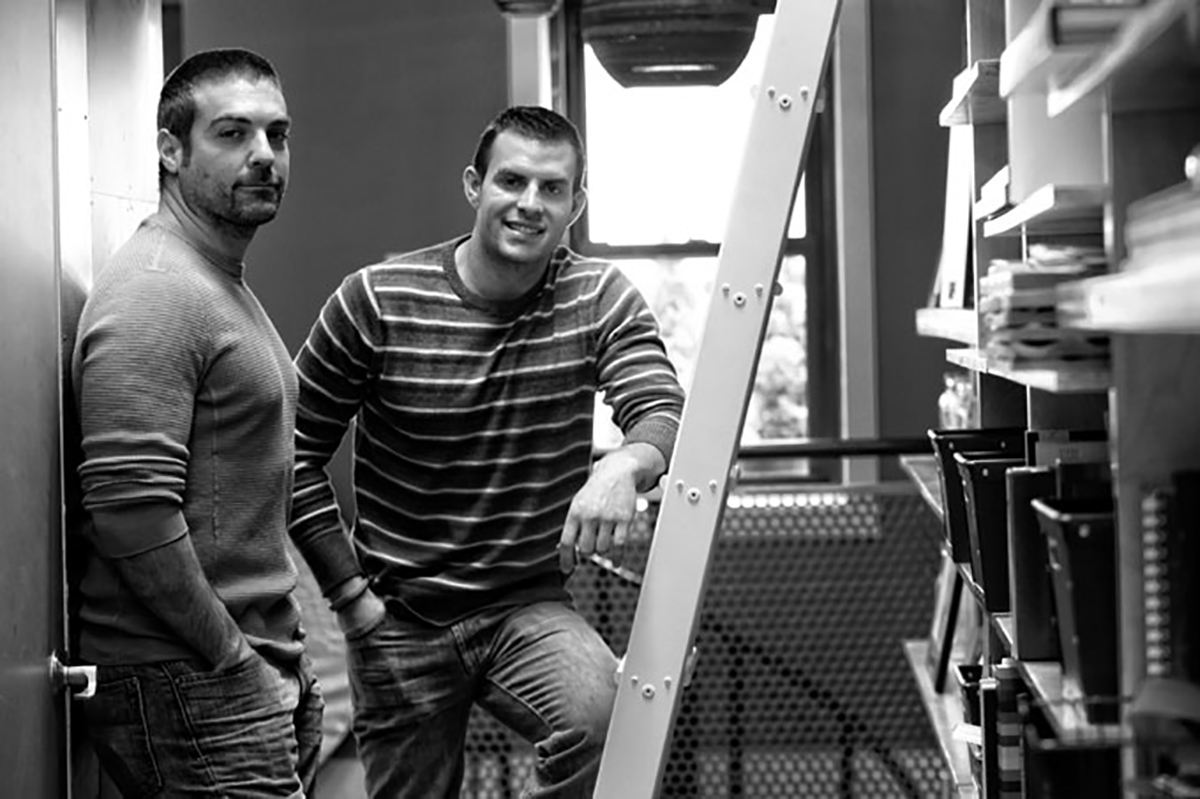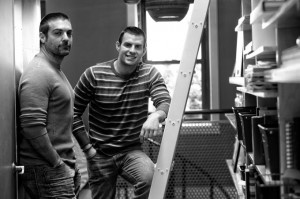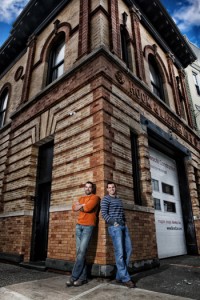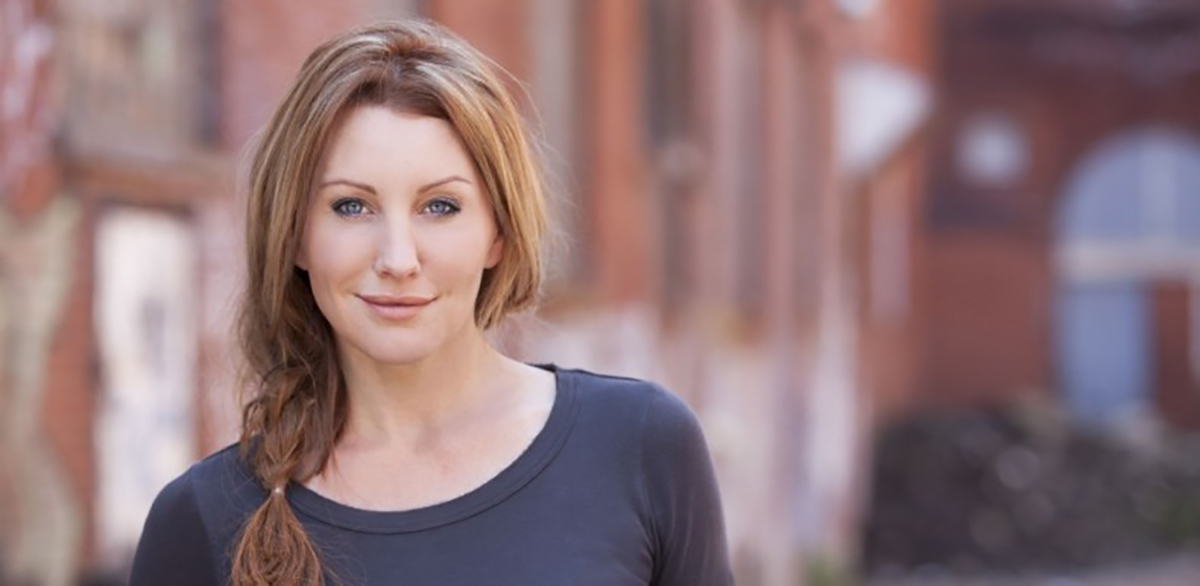These Jersey Boys hammer it home.
Originally known on HGTV as The Kitchen Cousins, John Colaneri and Anthony Carrino have a family construction business that is growing as fast as their TV ratings. These Bergen County boys – and first cousins – are based in New Jersey but are known throughout the world these days as the Cousins on Call.
They continue to make guest appearances all over the tube (including memorable rehabs on Ellen and Rachel Ray) while preparing yet another series for HGTV later this year called Undercover Overhaul.
“There is nothing better than to be able to showcase your work on a national level,” Anthony says. “And if you are not passionate about what you do, you couldn’t do it on TV.”
Their family company, Brunelleschi Construction, is located in Jersey City (a whiffle ball’s throw from Manhattan). HQ is a dynamically refurbished antique firehouse that, of course, the Jersey boys transformed themselves.
Fortunately, they ain’t afraid of no ghosts, or a family feud over conflicting tastes.
John says, “Luckily, our vision is very similar so when you come into a space like a firehouse or even a client’s home, the space plan really opens up and we think a lot alike on the same level. The fun part is tossing the layout and design ideas back and forth.”
When the firehouse became available in 2005 (the city’s new fire trucks could not fit in the old structure), Anthony says, “We knew this was home. So my dad and I went to the city auction and we weren’t leaving without it. We won a restoration award for it, so we’re real proud of it.”
Their construction business was thriving long before they became TV stars, but a series of happenstances (“we tripped into it,” John says) took these good-looking charmers and talented rehab experts to Cable Town.
“They don’t tell you about the hours,” Anthony jokes. “They let you figure that out on your own; to that end, no big deal. We really love what we do, to be able to showcase our work and get instant feedback on social media. It’s incredible.”
He adds that there is quite a difference in response after your face – and considerable skills – are suddenly known to the immediate world.
“In Hudson County, people knew our name, knew our trucks,” Anthony says. “When they saw our sign go on a building, there were 20-30 inquiries coming in on email the next morning. Now we have a show that airs on Wednesday night, and there are 150-250 emails in our office manager’s inbox in the morning. It’s incredible.”
He adds that the cousins’ goal is not just to entertain or give a rehab fix to millions of viewers, but to educate as well.
He says, “Everybody’s had a bad contractor experience, unfortunately. So we now have a responsibility to educate. It’s something we take seriously and we’re proud of. You can see people’s eyes when they are listening to you. They are just so intense and focused. You know you are giving people good information.”
A good part of that information comes from years of dealing with client experience, the good, the bad and the ugly.
John says, “One thing we find is that people don’t plan. They jump into things. That’s human nature, especially if you are doing any construction design. Anthony and I always plan prior to even starting a job. We are sure that we have our design theme aesthetic and our construction schedule in place. Too many people think they can design on the fly. Then your project that you thought was going to be three months turns into two years. That’s because you are constantly changing everything and you have no plan, the contractor is not on the same page with you, and no one understands what the design really is. Most people don’t know that it takes forever just to get the materials. You have to schedule it properly, have the materials, and be on the same page as your contractor.”
Anthony adds, “The other question we have with our clients is space planning. Nobody knows how to use their space, especially in the urban core; small rooms are cut up into a living room or a reading room. Before, everything had walls. Today, everybody wants open space. So you’ve got structure but you also have to play with use of space. How best do we use the space? It’s the practical and the design totally meshing together.”
The cousins continue to mesh together, with another series, a phone app and more construction projects in the hopper. Yet they still keep it real, on the block in Jersey City.
“We don’t sleep anymore,” Anthony says. “We used to hang out a lot before, but now we’re inseparable.”
For more information on The Cousins on Call, click here. To follow them on Facebook, click here.
Photos by Harley Reinhardt





